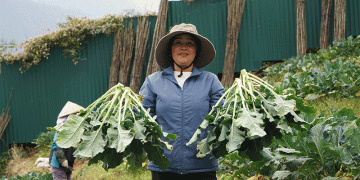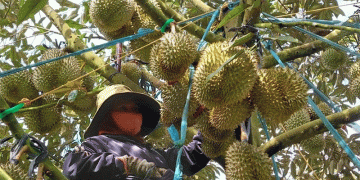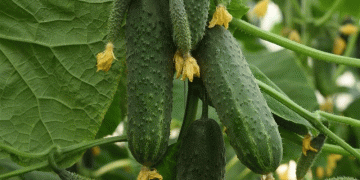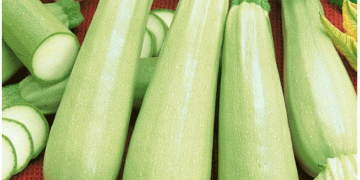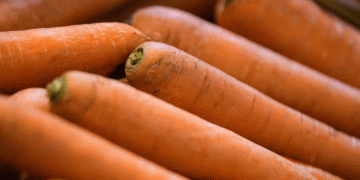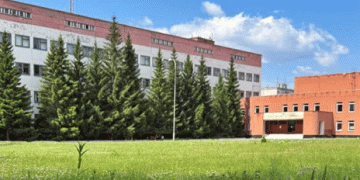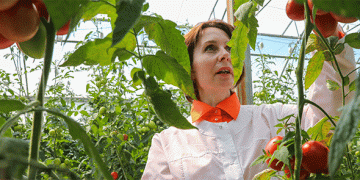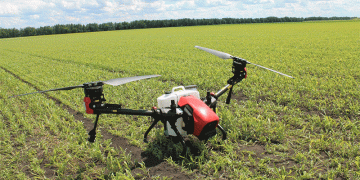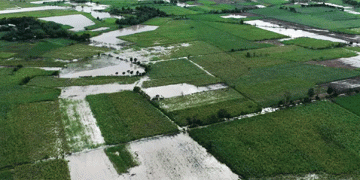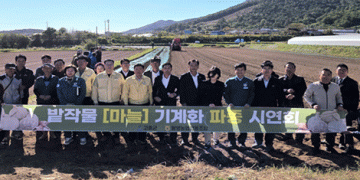The Hidden Cost of Cauliflower: How Spain’s Climate Crisis Hits European Farms
If you’ve noticed cauliflower prices rising in recent months, you’re not alone—and the explanation lies far beyond supermarket shelves. In southeastern Spain, a region once considered the vegetable basket of Europe, desertification is eroding agricultural potential and pushing the cost of production sharply upward.
Spain supplies a significant portion of Europe’s winter vegetables, especially brassicas like cauliflower, broccoli, and cabbage. But with extreme droughts, soil degradation, and a growing reliance on desalinated water, Spanish farmers are struggling to maintain yields. As a result, countries like the Netherlands—once heavily reliant on Spanish imports—are now increasing domestic production, while consumers are paying more for less.
What Is Desertification—And Why Is It So Dangerous?
Desertification is not the creation of a literal desert, but the gradual degradation of arable land due to a mix of climate change and unsustainable human activity. According to Dr. Erik Cammeraat, a geographer and soil scientist who has studied southeastern Spain for over 30 years:
“Longer dry and hot periods are shortening the growing season. Pumping more groundwater leads to salinization, while erosion strips away the fertile topsoil that took centuries to form.”
Key drivers of desertification in Spain include:
- Intensive irrigation, draining aquifers and making freshwater scarce
- Rainfall decline and more extreme weather patterns due to climate change
- Erosion, which removes nutrient-rich topsoil
- Salinization, rendering soils inhospitable for common crops
In Spain’s Murcia, Almería, and Alicante regions—where much of the country’s cauliflower is grown—average rainfall has dropped by over 20% in the past 50 years, according to the Spanish Meteorological Agency (AEMET). Meanwhile, average temperatures have risen by 1.5°C, shortening the window for crop development and increasing evapotranspiration.
Economic Fallout: From Cauliflower to Social Collapse
With water becoming more expensive and land less productive, many Spanish farmers are forced to scale back or abandon their fields altogether. This has far-reaching consequences:
- Rising production costs mean cauliflower prices are up by 15–30% year-on-year in markets across Europe, according to Eurostat.
- Internal migration is accelerating, with rural populations declining and young people moving to coastal tourism hubs for employment.
- Crop diversification is emerging: drought-resistant almonds are replacing cauliflower, while mega pig farms and regenerative agriculture are gaining ground—but not without environmental or social trade-offs.
Can It Be Reversed? A Path Forward for Mediterranean Agriculture
Despite the bleak outlook, there is cautious optimism among researchers and sustainability advocates. Cammeraat notes that some areas are seeing positive change through regenerative farming practices, such as:
- Agroforestry and cover cropping, to reduce erosion
- Rainwater harvesting, to improve irrigation efficiency
- Drought-tolerant crops, like almonds and olives
- Policy reforms, including more targeted EU subsidies
Still, knowledge transfer remains a bottleneck. Many smallholder farmers are unfamiliar with or skeptical of new practices, particularly when profitability is uncertain. Large-scale solutions require better infrastructure, education, and long-term investment.
Spain’s cauliflower crisis is a clear warning: climate change knows no borders. As desertification shrinks harvests in one part of Europe, the ripple effects—higher prices, supply gaps, and shifting trade patterns—are felt continent-wide. For farmers, agronomists, and agricultural policymakers, Spain offers a powerful case study on the importance of climate resilience, land stewardship, and cross-border collaboration.
It’s not just about cauliflower. It’s about the future of food security in a warming world.















